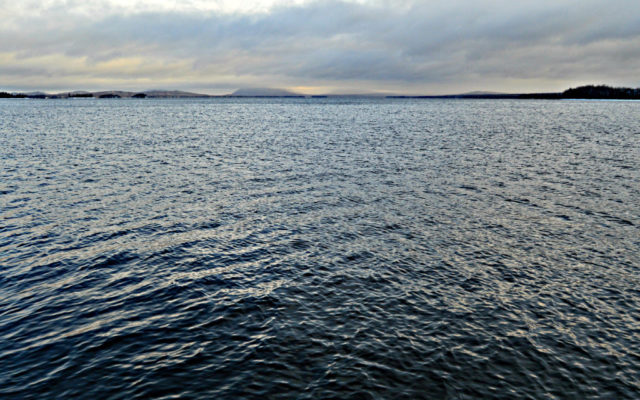
Catch-and-release fishing not to blame for togue population explosion
According to a newspaper story that made the rounds earlier this week, those of us who choose to release fish that we would, by law, be allowed to keep are not being as helpful as we had thought.
That’s the story some are telling, anyway.
It was suggested by state fisheries officials that the practice of catch-and-release fishing actually is causing problems in some Maine waters, most notably Sebago and Moosehead lakes, where the lake trout populations are undesirably high and the growth rate of those fish is undesirably low.
You see, if it wasn’t for all of us catch-and-release anglers putting perfectly edible togue back in the water, there would be no problem at all.
Or something like that.
Sadly, it’s been a long, slow slog in the fishing world to get people to abandon the mindset they grew up with and to accept that a day of fishing could be good — downright fantastic, in fact — even if they didn’t “get their limit” and return with a creel full of fish.
Groups like Trout Unlimited helped advance the catch-and-release ethic, and conservation-minded authors taught us that trout were such special creatures they deserved to be caught more than once. Even if they were legal-sized. Especially if they were legal-sized.
While I don’t turn up my nose at a fellow angler keeping a fish or two for a wonderful meal at home, I’ve been a catch-and-release practitioner for several years now for two key reasons.
First, I shared a boat a few times with a fellow who never met a fish he wouldn’t keep and whose standard practice was to first fill his own daily bag limit, then fill my daily bag limit, and then race to shore in his boat, offload some fish, and start filling our bag limits all over again.
That left a sour taste in my mouth.
Second, one day I found a bunch of vacuum-packed, freezer-burned trout that I’d forgotten I’d kept and had to toss them all in the trash.
That day, I vowed to be more careful about what fish I kept and today, years later, I still am.
It’s particularly important to protect native fish — fish that naturally occur in places that have never been stocked — and many embrace the catch-and-release ethic on those kinds of waters.
It gets a little more complicated on waters like Sebago and Moosehead when we’re talking about fish that are naturally reproducing now but would not even exist in those lakes without a lot of help.
Togue are non-native in those waters, you see.
They were stocked there by the Maine Department of Inland Fisheries and Wildlife, the same agency that is now partially blaming catch-and-release fishing for the overpopulation problem.
Let’s be clear on one thing: I have no problem with the DIF&W asking for help from anglers in implementing management plans. I’ve written about efforts to remove small fish in Chesuncook and Moosehead in past stories.
But I can’t sit back when the catch-and-release ethic — always a tough sell among some in a decidedly consumptive Maine angler base — comes under attack.
Bob Mallard, a Maine guide and fisheries activist who now serves as the national vice chair of the Native Fish Coalition, was similarly unimpressed by what he saw as a shot across the bow of catch-and-release practitioners.
“This is part of what appears to be an ongoing attempt by [the DIF&W] to discourage and discredit C&R,” Mallard said. “Here is my general position on harvest as a management tool:
While you can harvest your way into trouble, you can rarely harvest your way out of trouble.”
Mallard sees lake trout in Sebago Lake, where a proposed rule would allow unlimited harvest of smaller togue, as an invasive species propagated by the DIF&W. He said protecting any lake trout — the proposal would allow only one fish larger than 26 inches to be kept — makes no sense.
For Mallard, there’s only one group to blame for the current problems in Sebago, and it’s not the anglers who choose to release what they catch.
“[The DIF&W] put the togue there, they are to blame,” Mallard said. “Then they protected them. In fact, while they are relaxing the restrictions on small togue, they are still protecting fish over 26 inches with a one-fish limit. They are the reason the fishery is in trouble.”
Holyoke can be reached at jholyoke@bangordailynews.com or 990-8214. Follow him on Twitter, @JohnHolyoke. His first book, “Evergreens,” will be released by Islandport Press in October.